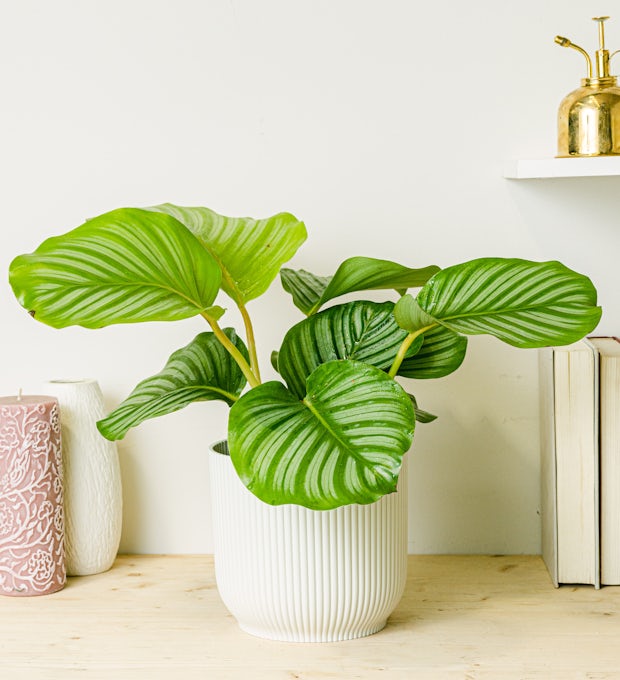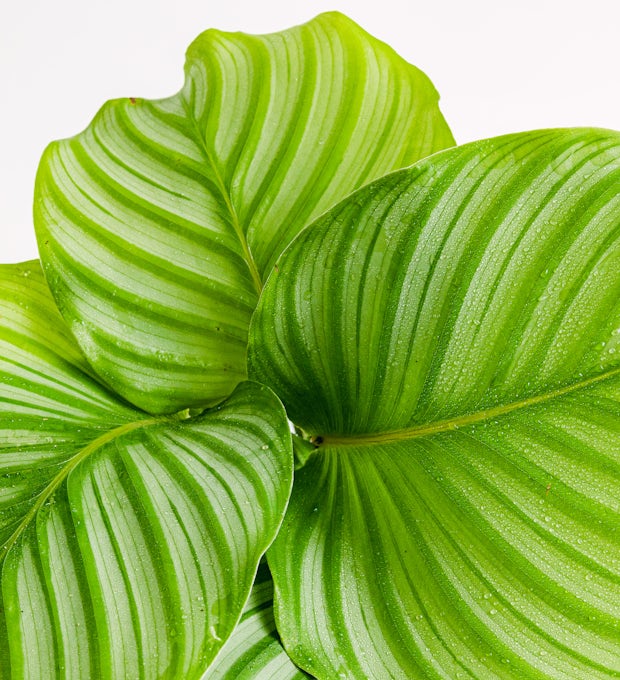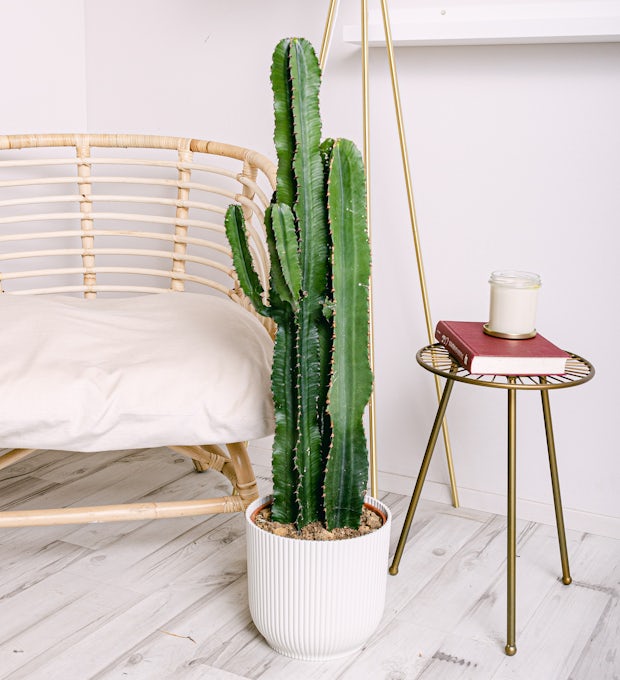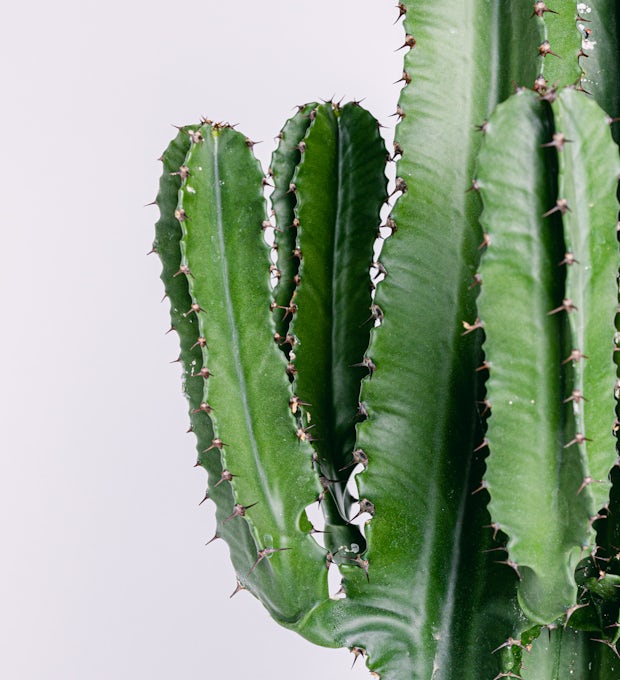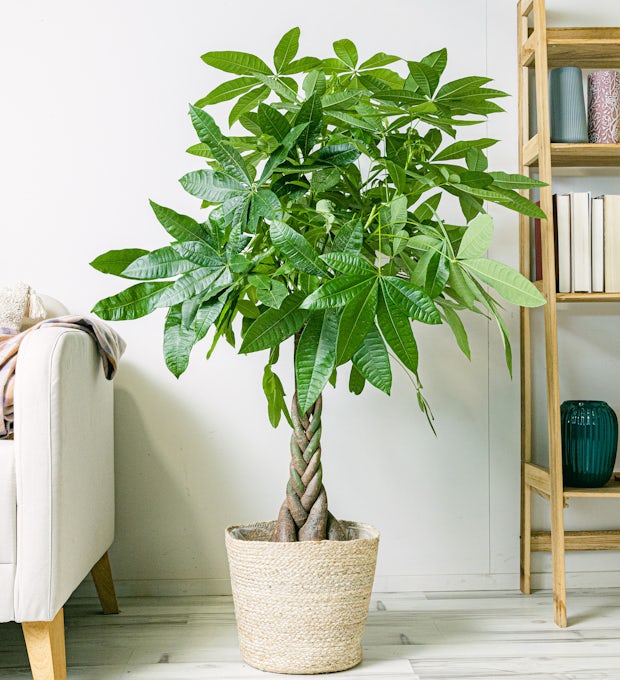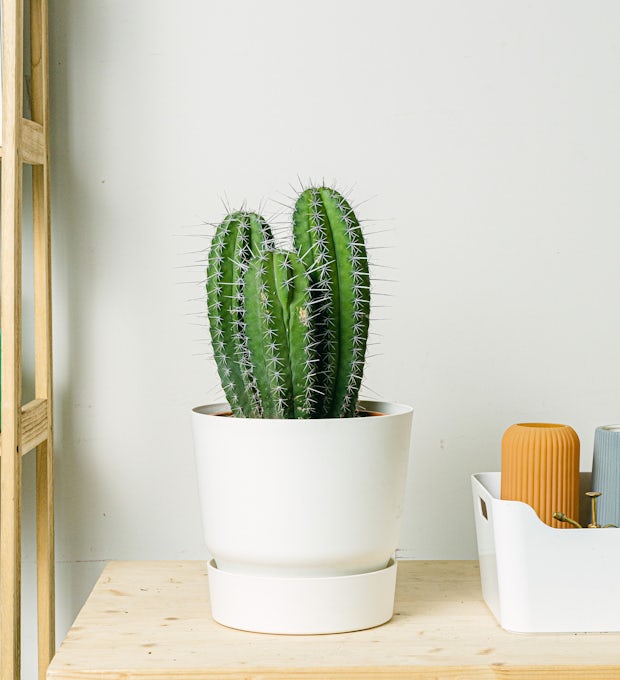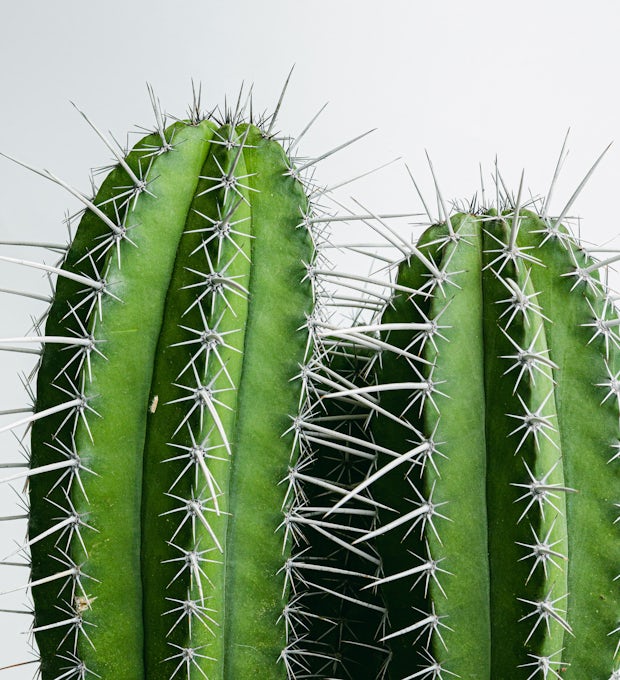In this article, you'll discover the importance of choosing the right substrate for your plants and how to find the perfect balance of nutrients for optimal growth. We'll explore the different types of substrates and their main characteristics, as well as the essential nutrients that plants need to thrive. You'll also learn how to prepare your own homemade substrate and receive practical tips for maintaining nutrient balance in your pots. In addition, we will talk about the importance of drainage in substrates and how to achieve it. Finally, you'll find out which special substrates are best suited for different types of plants. Get ready to immerse yourself in the fascinating world of plant substrates and nutrition!
The importance of choosing the right substrate for your plants
When it comes to caring for our plants, choosing the right substrate is essential to ensure their optimal growth and development. The substrate is the medium in which the roots of plants establish themselves and obtain the necessary nutrients for their nourishment. Therefore, choosing the right substrate is key to providing them with the ideal conditions. A suitable substrate should have a good water-holding capacity and at the same time allow good drainage to prevent waterlogging. It should also be able to provide the essential nutrients that plants need, such as nitrogen, phosphorus, and potassium, as well as other micronutrients such as iron, manganese, and zinc. In addition, the pH of the substrate is also important, as it influences the availability of nutrients for plants. In short, choosing the right substrate is crucial to ensure a favorable environment for our plants and promote healthy growth.
Types of substrates and their main characteristics
There are different types of substrates that can be used for growing plants, each with specific characteristics that adapt to the needs of different plant species. Some of the most common substrates are garden soil, peat moss, worm castings, and perlite. Garden soil is a versatile option that provides nutrients and retains adequate moisture, but it's important to make sure it's free of weeds and diseases. Peat moss is an acidic substrate that retains moisture well and is ideal for plants such as azaleas or ferns. worm castings are rich in nutrients and improve soil structure, making them perfect for growing vegetables and plants with abundant flowering. Finally, perlite is an inert material that improves drainage and aerates the substrate, making it ideal for mixing with other substrates to improve its properties. When choosing a substrate, it is important to consider the specific needs of the plants to be grown, as well as consider factors such as drainage, moisture retention, and nutrient availability. By knowing the main characteristics of each type of substrate, you can make an informed decision and ensure that you provide your plants with the optimal environment for their growth and development.
We ship plants to all locations, you can see more options here.
The Essential Nutrients for Optimal Plant Growth
Essential nutrients are critical for optimal plant growth. These elements are necessary for plants to perform their vital functions and develop properly. The main nutrients that plants require are nitrogen, phosphorus, and potassium, also known as NPK. Nitrogen is essential for protein formation and leaf growth. Phosphorus supports the formation of strong roots and promotes flowering and fruiting. Potassium contributes to stem development and disease resistance. In addition to these macronutrients, plants also need other elements in smaller amounts, such as calcium, magnesium, and iron. These micronutrients play a key role in chlorophyll synthesis and other metabolic processes. It is important to ensure that plants are fed a balanced diet of all these essential nutrients to avoid deficiencies or excesses that can affect their growth. A practical way to provide necessary nutrients to plants is through the use of organic or chemical fertilizers specific to each type of plant. By understanding the nutrients that plants need, we can ensure healthy and vigorous growth, thus achieving the best balance for our plants.
We ship plants to all locations, you can see more options here.
How to prepare your own homemade substrate
Making your own homemade soil is an inexpensive and sustainable way to give your plants the nutrients they need to grow optimally. To do so, you'll need some basic ingredients that you can easily find at home or in garden stores. The basis of a good home substrate is a balanced mix of soil, sand and organic matter. You can start by mixing equal parts garden soil and sand to ensure good drainage and prevent waterlogging of the roots. Then, add organic matter such as compost or worm castings, which will provide essential nutrients and improve water retention in the substrate. If you want to add extra nutrients, you can include well-decomposed manure or bone meal. Mix all the ingredients in a large bowl until smooth. Remember to sift the mixture to remove any stones or large plant debris. Once you've prepared your homemade substrate, you can use it to fill your pots or planters, making sure to cover the roots of the plants properly. This option will allow you to control the nutrients your plants receive and adapt the substrate to their specific needs.
Tips for Maintaining Nutrient Balance in Your Pots
Maintaining the balance of nutrients in your pots is essential to ensure healthy and vigorous growth of your plants. Here are some practical tips to help you achieve this. First, it's important to use a quality substrate that contains a balanced mix of organic matter, such as compost or worm castings, and minerals such as perlite or vermiculite to improve aeration and drainage. In addition, it is advisable to add slow-release organic or chemical fertilizers to ensure constant availability of nutrients. It is crucial to follow the manufacturer's instructions and not exceed the recommended dosages to avoid damaging the roots of the plants. It is also necessary to properly water the pots, avoiding both over- and underwatering. To do this, you can check the humidity of the substrate by inserting a finger into it; If it's halfway dry, it's time to water. It is also advisable to use plates under the pots to collect excess water and prevent waterlogging. Finally, it is important to regularly monitor the condition of the plants, observing if they have symptoms of nutritional deficiency, such as yellowing leaves or stunted growth. If you spot any abnormalities, you can adjust your feeding or consult an expert for expert advice. By following these tips, you'll be able to maintain the nutrient balance in your pots and enjoy healthy, vigorous plants.
The Importance of Drainage in Substrates and How to Achieve
ItDrainage is a crucial aspect to consider when choosing the right substrate for your plants. Good drainage allows water to flow efficiently through the substrate, preventing waterlogging and preventing problems such as root rot. To achieve good drainage, it is important to use substrates that are porous and light, allowing water to seep in easily. One way to achieve this is by mixing different materials into the substrate, such as sand, perlite, or vermiculite, which will help create pore spaces so that water can drain properly. In addition, it is advisable to place a layer of gravel at the bottom of the pot before filling it with the substrate, this will help to make drainage even easier. It is also important to avoid using containers without drainage holes, as this makes it difficult for water to escape and can lead to saturation problems in the roots. Remember that good drainage is essential to maintain a proper water balance in plants and ensure optimal growth. With these practical tips, you will be able to achieve efficient drainage in your substrates and take care of the health of your plants.
Special substrates for different types of plants: find out which one is best
When it comes to growing plants, it's essential to choose the right substrate for each type of plant. Each species has its own nutritional needs and drainage requirements, so it's important to find the perfect balance for optimal growth. Some special substrates have been developed specifically for different types of plants, ensuring that they receive the nutrients they need to thrive.
For houseplants, such as succulents and cacti, it is recommended to use a sandy, well-drained substrate. These plants are native to arid regions, so they need soil that allows them to remove excess water quickly.
On the other hand, plants with large, leafy leaves, such as ferns and calatheas, require a substrate rich in organic matter. These plants prefer moist, nutrient-rich soils to keep their leaves lush and healthy.
For acidophilic plants, such as azaleas and rhododendrons, it is essential to use a substrate with a low pH. These plants need an acidic environment to properly absorb nutrients from the soil.
For carnivorous plants, such as Venus flytraps and Nepenthes, it is recommended to use a special substrate containing peat moss and sand. These plants have unique nutritional needs and rely on catching insects for some of their nutrients.
Figuring out the best substrate for your plants can make all the difference in their growth and development. By choosing the right substrate, you can provide your plants with the perfect balance of nutrients and ideal conditions for them to thrive in your home or garden.
In short, choosing the right substrate and maintaining a balance of nutrients is essential to ensure optimal growth of our plants. By knowing the main characteristics of the different types of substrates and the essential nutrients that our plants need, we can prepare our own homemade substrate and guarantee an environment conducive to its development. In addition, we must not forget the importance of drainage in substrates, since a good drainage system avoids problems such as waterlogging and lack of oxygen in the roots.
However, the world of plant substrates and nutrients is vast and there is always new research and discoveries being made. Therefore, it is important to stay updated and continue to learn about this exciting topic. What other aspects related to substrates and nutrients would you like to explore? How can we continue to improve our growing techniques to take even more care of our plants? Let's reflect on these questions together and continue to discover the fascinating world of gardening
